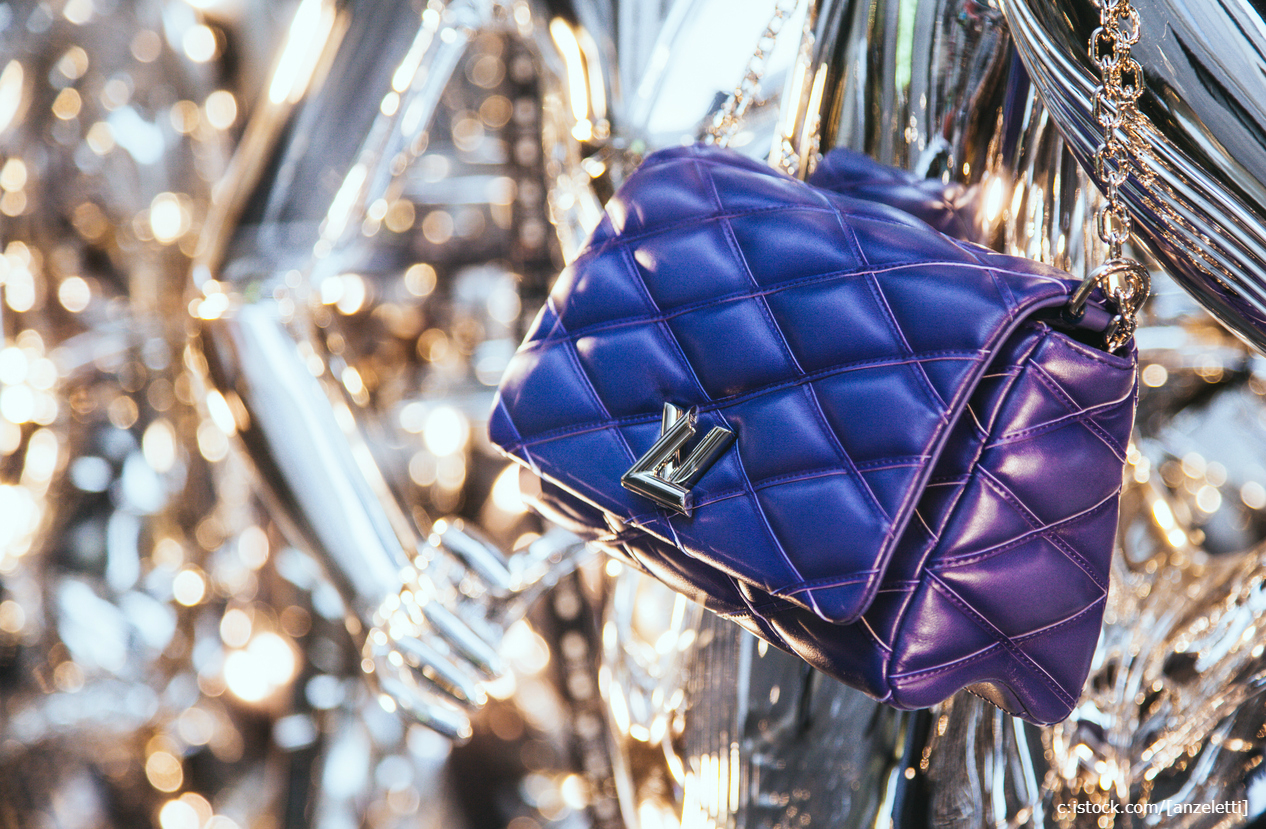
Luxury retailers invest heavily in creating a premium in-store experience, and for a long time, this has played a major role in their success and growth. However, as more and more consumers demand the convenience of online shopping there is a clear shift towards digital.
In luxury, we have observed that 25% of sales come from online with the rest in-store. In fact, McKinsey expects online luxury sales to triple by 2025, with 80% of those sales digitally influenced. As a result, luxury retailers need to transfer the premium in-store experience they’ve created, and emulate that online.
The rise in demand for luxury experiences has birthed several pure-play e-commerce brands like Farfetch and NET-A-PORTER; companies that have pioneered the creation of differentiated experiences focused on using data. But pure-play brands aren’t the only ones using online personalisation to drive business growth. For example, Burberry has reclaimed their brand, creating exclusivity by targeting millennials and delivering 44.5% YoY growth.
But how can other luxury brands emulate this and use personalisation to their benefit?
Luxury requires a different strategy from the rest of the retail market. A big factor in this is the length of consideration for a purchase being much greater. Price-related strategies that work for fast fashion have the opposite effect in the luxury market. Therefore, the approach to personalisation has to be more considered, less intrusive and seamlessly integrated. The good news is that there are some specific tactics brands can employ to promote the right products, to the right guests at the right time:
1. Promote your fashion capitals
A trending feed is an effective way to inspire guests with hot products. For a luxury twist, enable the guest to self-select their location, or where they aspire to be. If you have a flagship store in Paris, Madrid, Milan, London or New York, let items from those cities inspire your audience – especially during Fashion Week.
2. Reserve offers for the most engaged guests
Many luxury shoppers only purchase once from a brand. Yet, after two purchases, we have identified that a customer becomes much more loyal. Using an offer to get over that second purchase hump can be beneficial, especially if it looks like they’re ready to abandon.
A danger sign to look out for is if someone highlights a product name. Chances are, they’re going to copy and paste it into a search bar to find a cheaper retailer. An offer here can help keep that customer onside.
OPI has been working towards adding a pop-up to their nail lacquer and long wear polish colour pages, prompting visitors who add a bottle of nail polish to their baskets, to potentially also purchase the accompanying top and base coat.
3. Get a competitive advantage on mobile
Use AI-powered assistants to collect customer data and put the most relevant products for each shopper in a social media-style view. Retailers need to create an experience that blends the emotional experience of Instagram and e-commerce function of a website to give consumers the experience they crave, to boost loyalty and sales – this is especially difficult on the small screen.
On Diane von Furstenberg’s website, shoppers using mobile browsing can easily explore more of your product catalogue in only a few clicks and pin favorites for later.
Global beauty and cosmetics retailer L’Occitane has also implemented AI on mobile to change the products a user sees based on their behaviour in a social newsfeed experience.
4. Appropriate email collection
Collect email at specific points of a customer journey, such as:
- At the point of purchase
- When an item is out-of-stock
- To add an item to a customer’s Wishlist
- For brand or store news
- On abandonment for first-time visitors
Diane von Furstenberg pair email collection with an offer and recently viewed items. OPI has also implemented Qubit Pro to collect more browsing data. For example, when a user clicks on ‘Checkout with Amazon,’ against the email collected in a current or previous session. This will enable them to segment and serve personalised messages on-site and in an email.
5. Celebrate private events
Treating customers as important VIPs enables you to ensure they keep coming back. Offering exclusive invitations to private sales or new store openings are some ways to entice them, but adopting an online experience that they’ll love using specific data sets or purchasing and browsing behaviours can bring forward the feeling of luxury for a customer.
These above strategies are just the start of how luxury brands can think about curating experiences which resonate immediately, engender loyalty, and build customer lifetime value.
In the broader retail space, we’ve seen the most powerful personalisation tactics deliver up to 6% uplifts in Revenue per Visitor (RPV), which for luxury brands reporting multi-million-pound revenue figures, is huge.
With reports of retail store closures mounting, and the phrase ‘death of the high street,’ being bandied around, all areas of the buying experience should be considered and personalisation should be seamless— technology is advanced enough to now do this. The modern, luxury consumer can’t be categorised as online or offline, they expect a multichannel e-commerce strategy in which they can engage directly with the brand. Brands that bridge this gap while effectively providing a luxury experience will win and we’re already seeing it.





